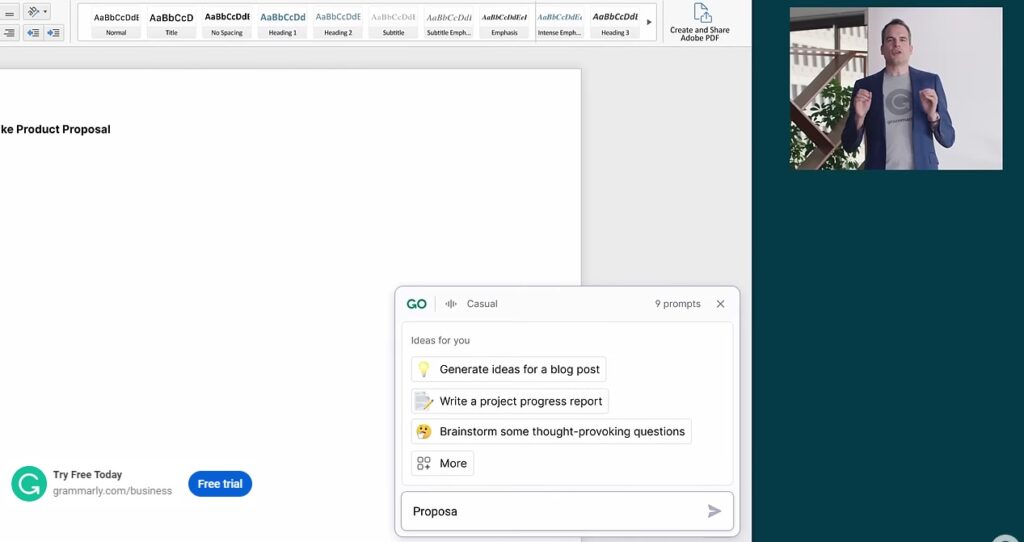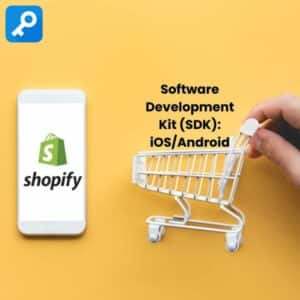What is remarketing?
Remarketing, also called retargeting, is a digital marketing approach that engages audiences who previously interacted with a brand to encourage specific actions. This strategy proves highly effective in the customer journey, which involves multiple touchpoints and decision-making phases.
By targeting users with a prior interest in a brand or its products, remarketing maintains brand awareness and boosts conversion likelihood.
There are several remarketing types: pixel-based (utilizing website tags), list-based, and video remarketing. Each type offers distinct advantages and application scenarios to optimize campaign effectiveness.
Remarketing can utilize various channels like email, social media, search engines, and display ads.
Remarketing in Google Ads
In Google Ads, remarketing involves displaying targeted ads to users who have previously visited a website or used an app. This technique also referred to as retargeting, aims to re-engage potential customers and sustain brand awareness as they browse the web, view videos, or read news.
Remarketing uses a specific tracking code to place cookies on website visitors' browsers, then displays ads to them on the Google Display and Search Network.
This personalized approach significantly enhances conversion rates and return on investment (ROI).
There are two types of remarketing: standard and dynamic.
- Standard remarketing shows ads to past visitors.
- Dynamic remarketing goes a step further by displaying ads containing viewed products and services. It proves particularly effective in generating leads and sales by enticing previous visitors to return and complete their actions.
To initiate a remarketing campaign in Google Ads, proper tagging on the website or app is crucial. Once the tracking is set up, you can create remarketing lists, design your ads, and select targeting options to reach the appropriate audience.
Best practices
Here are some best practices for retargeting ads:
- Limit the number of retargeted ads: It's usually a good idea to limit the retargeted ads that customers see, usually to about 20 per month. If you use more than that, you can appear pushy to your customer.
- Don't show the same ads to customers for the items they have already purchased: Retargeting works best when you focus on the conversion, so it's not necessary to retarget customers for the same items they have already bought.
- Write different ads for different customers: Every time you use another platform, you expand your potential customer base — but if you don’t understand it, you might be wasting your money.
- Know your audience: Understand your audience and their preferences to create personalized and relevant retargeting ads. Use customer segmentation to show the right ads to the right people.
- Use dynamic display ads: Dynamic display ads can help capture audience attention by showcasing products or offers that are relevant to the user's previous interactions with your website.
- Be mindful of time relevance: Depending on your sales cycle, consider running time-sensitive retargeting campaigns that create a sense of urgency for your audience.
- Use multiple creatives to keep display ads fresh: Avoid overexposure to any one or two display ads by using multiple creatives in your retargeting campaigns.
- Measure success and make adjustments: Track the results of your retargeting ads to see if they lead to actions like purchases or sign-ups. This will help you evaluate the effectiveness of your campaign and make any necessary adjustments.
Remarketing today and in the future
There is a growing trend towards increased privacy and user control over data, which means the slow demise of cookies. Not all search engines are removing cookies, but Google has already started the phase-out process.
Google's decision to remove third-party cookies does pose a challenge for remarketing strategies that rely on these cookies to track and target users.
However, there are alternative methods that can be used to achieve similar results without relying on third-party cookies.
Some of these methods include:
- First-party data: Instead of relying on third-party cookies, marketers can focus on using their own first-party data to target their advertising campaigns. This can include data collected from website visitors, email subscribers, and customers.
- Behavioral analysis: By analyzing user behavior on their website, marketers can gain insights into their interests and preferences. This information can then be used to create targeted advertising campaigns that are tailored to the individual user without the need for third-party cookies.
- Contextual-based advertising: This method involves aligning on-page adverts with the content of the website in an attempt to secure a sale while the visitor is “interested.” This can be a popular alternative to cookie-based retargeting, as it does not rely on tracking user behavior across multiple websites.
- Person-based targeting: This approach involves working based on data collected via the login IDs of users. By leveraging this data, marketers can create personalized experiences for their users without the need for third-party cookies.
- Search engine retargeting: When users enter keywords into a search engine, it is possible to gain information about their interests. This can be achieved by displaying ads on search engines like Google or Bing, which cater to the user's interests.
While the exact methods for implementing search engine retargeting without cookies are not yet clear, it is likely that personalized user communication will become even more important in a cookieless world.
Examples
Spotify
One effective retargeting ad example comes from Spotify. Spotify uses traditional display remarketing to reach people as they browse other sites on the web. Similar to other strategies, Spotify includes a promotion in the remarketing ad example below.
After seeing the ad, people can easily click the CTA button to get three free months of Spotify Premium. The offer speaks to traditional Spotify users who have yet to upgrade to the premium version. And the free trial eases the burden of opening your wallet for Spotify Premium.

ShopBop
ShopBop uses dynamic remarketing to show ads that feature the products that visitors viewed during their last site visit. The ads also rotate enticing offers in the upper right-hand corner, such as “free shipping both ways” and “save up to 25% using the code INTHEFAM”

Grammarly
Grammarly employs a comprehensive remarketing strategy using various channels and ad formats. They utilize killer text ads, simple banner ads, and engaging YouTube ads to showcase their advanced features in different contexts.

In their YouTube ads, Grammarly presents diverse use cases, allowing potential customers to relate the product to their own lives. Their approach involves integration across multiple channels. They're very good at recognizing the effectiveness of an interested prospect and emphasizing the use of videos to showcase their product and improve conversion rates effectively.

By targeting various buyer personas in their videos, Grammarly challenges the misconception that grammar tools are limited to writers.
FAQs
Is Google phasing out cookies?
Yes, Google is planning to get rid of third-party cookies in Chrome. This is part of their larger Privacy Sandbox initiative, which aims to replace third-party cookies with a more privacy-conscious approach.
The company has announced that it will disable third-party cookies for 1% of Chrome users in Q1 2024, with the plan to deprecate them in the second half of 2024 completely.
The timeline for Google's third-party cookie phaseout is set to begin in 2024, and the company plans to go from 1% to 100% without any milestones in between.
Google's Privacy Sandbox aims to allow users to manage their interests and group them into cohorts based on similar browsing patterns instead of relying on individual tracking through third-party cookies.
This change is significant for the online advertising industry, and Google's move is expected to have the biggest impact, as Chrome currently holds 63% of the global browser market.
While Google's plan to remove third-party cookies has faced some challenges and delays, the company remains committed to the initiative and is working on building new technologies, collaborating with publishers and developers, and addressing privacy and security concerns








